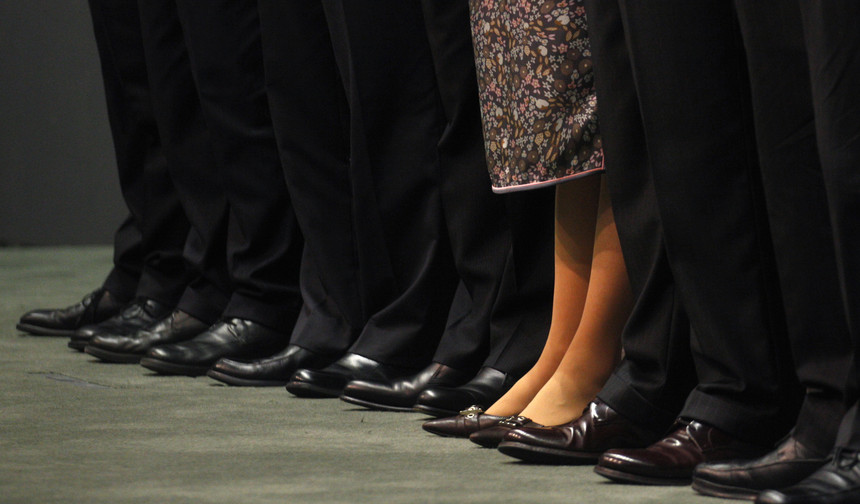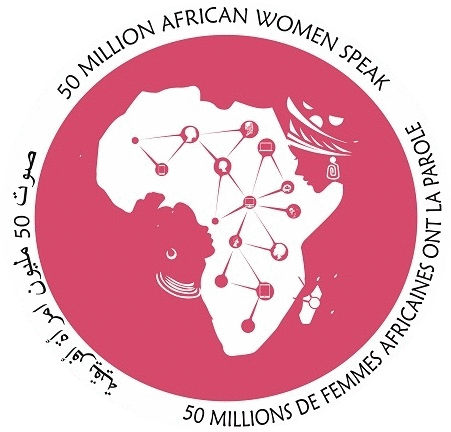DISPARITY IN CAPE VERDE
- Post detail
- DISPARITY IN CAPE VERDE

WOMEN AND POWER IN CAPE VERDE
In Cape Verde, despite efforts to increase the participation of women in decision-making, the predominance of men in levels of power remains.
31 Jul 2019 - 00:00:00
According to the National Institute of Statistics (INE) and according to the data available in the latest issue of the publication quotWomen and Men inquot, the publication and analysis of statistics and indicators disaggregated by sex is the most effective way of measuring progress in relations between men and women. Cape Verde - facts and figures” (2017), regarding the spheres of power in Cape Verde, is that the gender imbalance is still glaring, that it is not perceived in any sector - be it politics, justice or even society (NGOs and grassroots community associations) - something close to parity. quotDespite efforts to increase women's participation in decision-making, the predominance of men in levels of power remains,quot notes the accompanying literature, citing 23.6% women to 76.4% women. men in parliament; 29% municipal deputies to 71% elected municipal officials; from 0.0% women mayors to 100% men and, in the political sphere, from 35% women entrepreneurs to 65% men entrepreneurs or 11.1% women leaders of NGOs and ACB against 88.9% of male leaders (INE data). The same source represents the unique equilibrium situation within the Supreme Court, where three women share power with four men. Regarding the number of lawyers, there are nine women and 18 men in this position.
Images
Please sign in to flag this as inappropriate.
00
Dúnia Tavares Duarte 5 Years Ago





